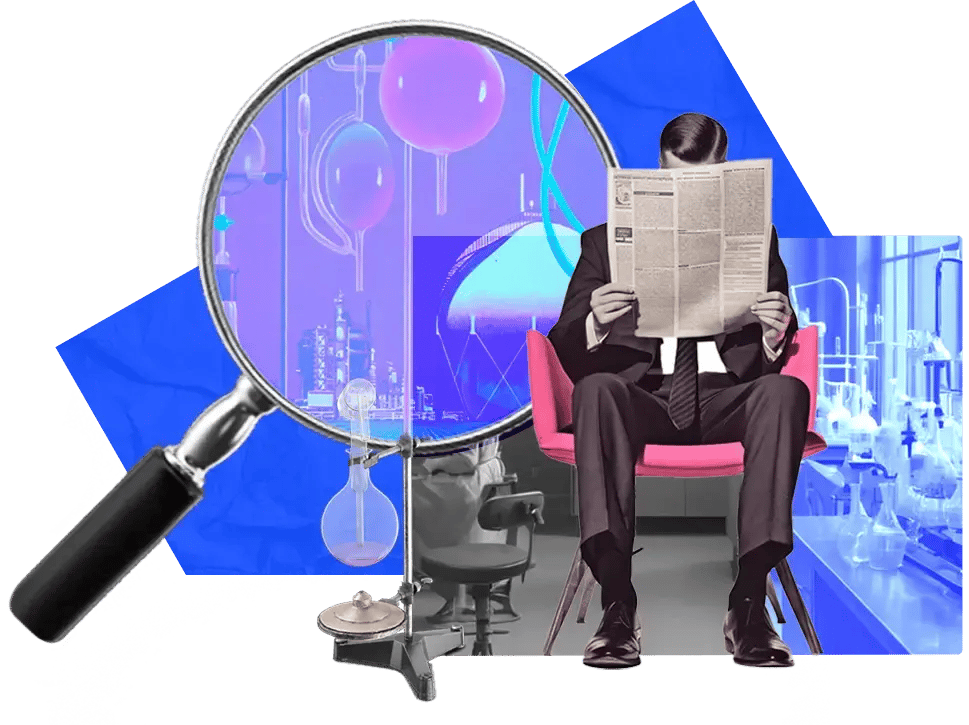 Foresight
Foresight
ITONICS INNOVATION BLOG
Let's talk innovation
Inspiring insights and best practices on innovation management, foresight, and strategy.

 Foresight
Foresight
 New Product Development
New Product Development
New Product Experimentation: A Product Manager's Guide to Idea Testing
10 Jul 25 | 18 mins read
 Innovation Management
Innovation Management
The 5 Biggest Pitfalls in Innovation Project Collaboration (and How to Fix Them)
10 Jul 25 | 6 mins read
 Portfolio Management
Portfolio Management
The 70-20-10 Model: How to Allocate Your Innovation Budget Wisely
07 Jul 25 | 11 mins read
 Innovation Management
Innovation Management
How to Build a Winning Innovation Strategy: The 3 Building Blocks
07 Jul 25 | 16 mins read
 Innovation Management
Innovation Management
19 Key Strategy Frameworks - Straight from the Best Strategy Books
03 Jul 25 | 16 mins read
 Innovation Management
Innovation Management
Top 10 Best Innovation Management Software 2025 For Better Outcomes
27 Jun 25 | 26 mins read
 Idea Management
Idea Management
Ideabox Systems That Work: How Leading Innovators Spot and Scale Ideas
25 Jun 25 | 6 mins read
 Foresight
Foresight
Startup Radar: Your Map To Navigate Corporate-Startup Relationships
24 Jun 25 | 3 mins read





